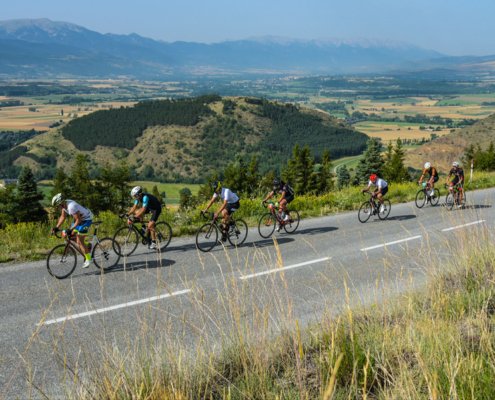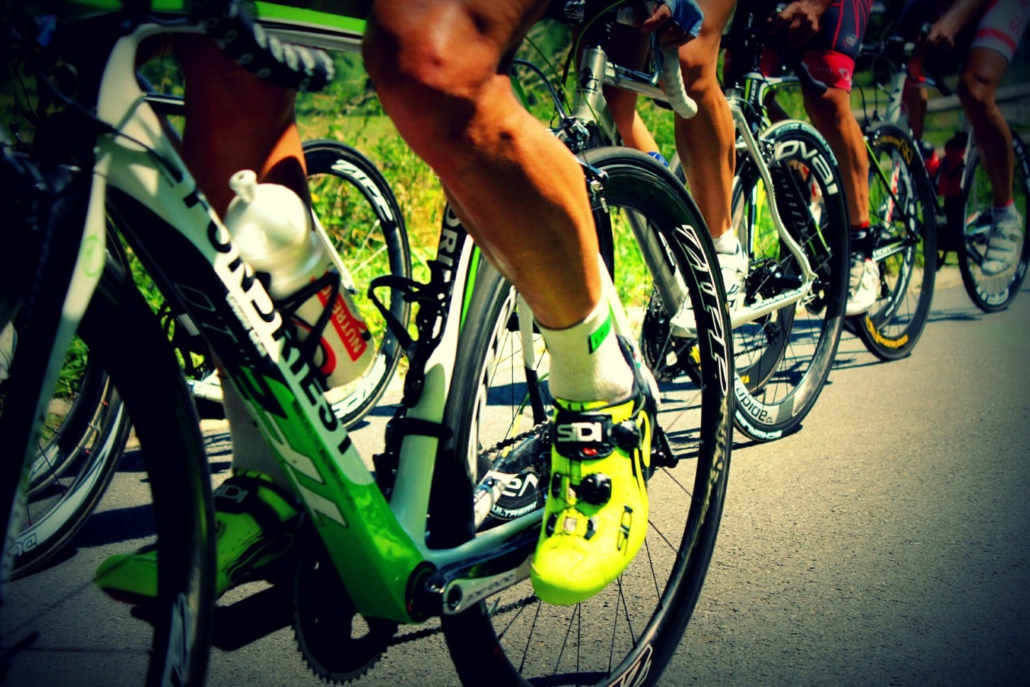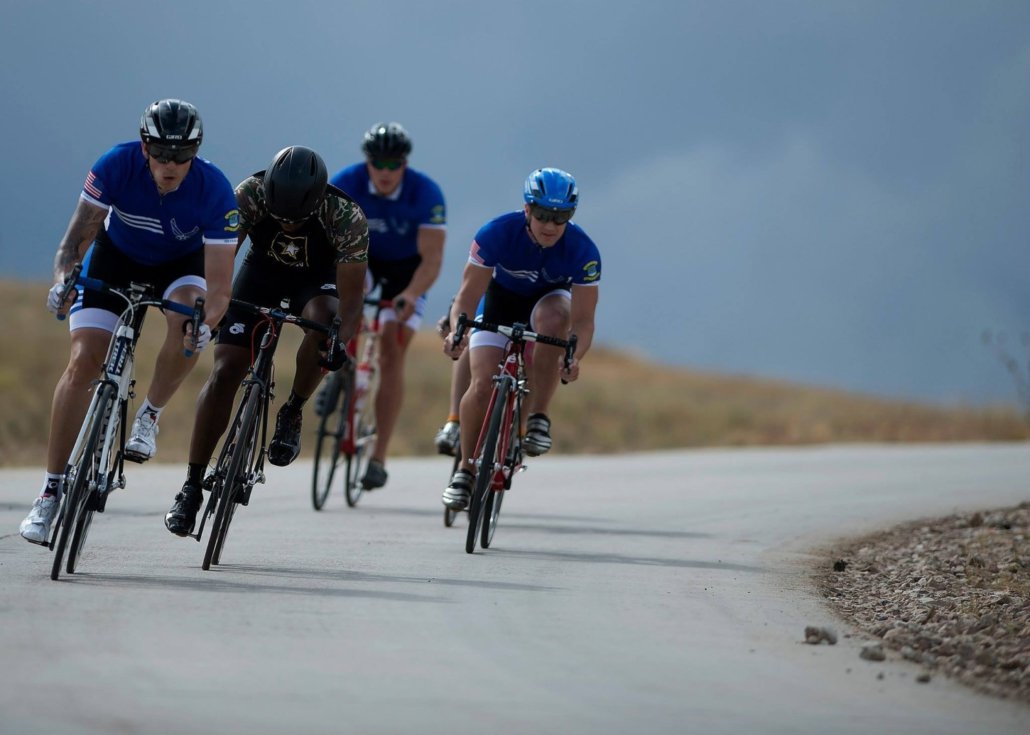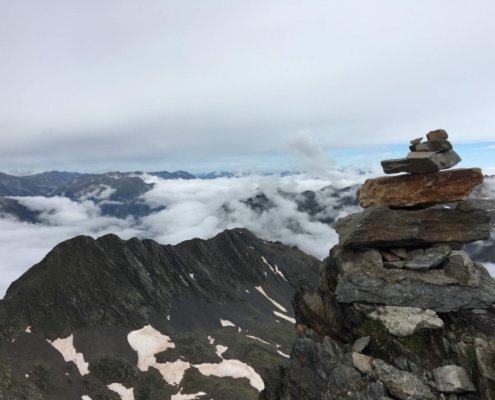At the beginning of the road to Age, a sign on the road on the right tells us: “Camí de Sant Mark”.
This is where the itinerary really begins. The road, completely flat and now paved, clearly takes a southerly direction. We begin to walk calmly following the straight line that traces these wide paths. We are surrounded on both sides by a row of trees that will accompany us at all times and we see ashes, alders, poplars, etc. This route, about 900 m, will take us to the square in front of the hermitage of Sant Marc. From here we can see, making a 360º turn, the mountain ranges that surround La Cerdanya: Puigpedrós, Carlit, Puigmal, Tosa d’Alp, Moixeró and Cadí.
To supplement this walk, we will continue along the local paved road that passes next to the hermitage and that, westbound, continues between meadows; finally, it is close to the Sant Marc golf course. We must take the first detour to the left and continue south along a beautiful promenade, now unpaved, crowded with trees on each side. After leaving the Mas d’en Prat on the left of the road, it continues through meadows and trees until a small descent leads us to touch the river Segre, which we cross through an original bridge.
We are at a crossroads where the signs indicate the direction to Queixans, on the right, or to Puigcerdà (4.3 km) on the left, which we will follow. In this direction, the road takes us again, for a distance of about 300 meters, to the paved road. We take it in the same direction until we find the wide bridge, suitable for vehicles, which crosses the river again and, continuing to the north, leads us again to the golf course and the hermitage of Sant Marc, from from where we will return, by the already known path, to the starting point.
























